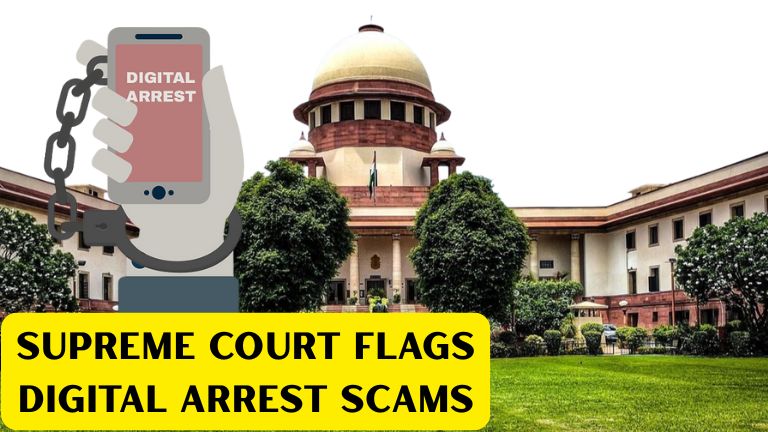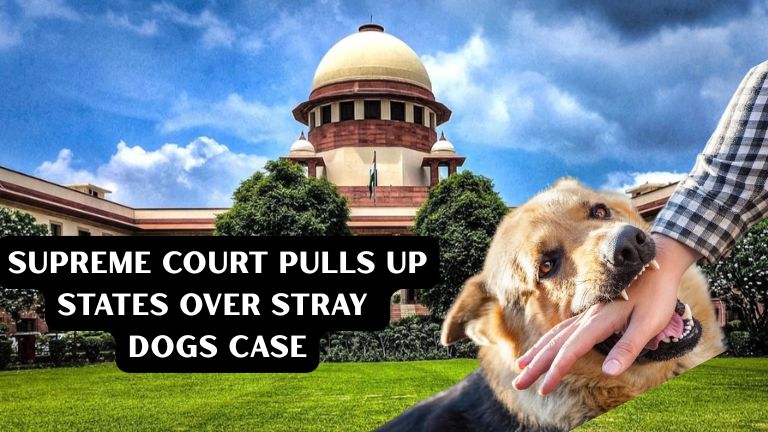Alladi Kuppuswami, C.J.@mdashAll these writ petitions have been heard together as a common question regarding the interpretation of the
explanation to S. 4A of the Andhra Pradesh Entertainment Tax Act (referred to in this judgment as the Act) is involved in these cases. It is
sufficient to refer to the facts in W. P. No. 9668/81 in order to appreciate the contentions put forward.
2. The petitioner is the proprietor of Jayalakshmi Talkies, Under S. 4 of the Act, it is provided that on each payment for admission to any
entertainment, there shall be levied and paid to the State Government , a tax referred to as the entertainments tax calculated at certain rates. S. 4A
provides that in addition to the tax under S. 4, there shall be levied and paid to the State Government a tax calculated at Rs. 6/- for every show in
case of entertainments held within the jurisdiction of any local authority whose population is 50,000 or above and Rs. 4/- for every show where
entertainments are held within the jurisdiction of any local authority whose population exceeds 25,000 but is below 50,000. The explanation to S.
4A is in the following terms :-
The population referred to in this Act is the population according to the last official census, the figures of which have been published.
Under S. 4C of the Act, in case of entertainments held within the jurisdiction of a local authority whose population does not exceed 25,000 the tax
for every entertainment show is calculated at certain rates specified therein. S. 4-C(2) provides that the provisions of Ss. 4 and 4A shall not apply
to entertainments held within the jurisdiction of any local authority, whose population does not exceed 25,000 to which the provisions of sub-sec,
(1) apply. S. 5 provides that in lieu of the tax payable under Sub-s. (1) of S. 4C the proprietor may, at his option, enter into an agreement with the
prescribed authority to compound the taxable payable for a year for a fixed sum, which is calculated according to the provisions of that Section.
It is thus seen that the proprietor of an entertainment is entitled to exercise an option to compound the tax according to S. 5 and enter into an
agreement for that purpose in cases where the entertainment is held within the jurisdiction of a local authority whose population does not exceed
25,000. If the population exceeds 25,000 the properietor has no such rights but has to pay tax according to the provisions of Ss. 4, 4A, 4AA of
the Act etc. The petitioner who was holding entertainments within the jurisdiction of Vetapalem village, whose population did not exceed 25,000
had entered into an agreement to compound the tax under S. 5: but he received a notice on 6-12-1981 that the population of Vetapalem village is
28,750 according to the census of 1981. Hence however (sic) stated that as the population was more than 25,000, S. 5(1) of the Act has no
application and he was not entitled to opt for an agreement to compound the tax. Challenging the validity of the said notice, the petitioner filed the
writ petition.
3. The contention of the petitioner is that under explanation to S. 4A of the Act, the population referred to in the Act, is the population according to
the last official census, the figures of which have been published. The last official census, the figures of which have been published, is only that of
1971. According to that, the population is less than twenty five thousand and therefore he is entitled to opt for an agreement to compound the tax.
He contended that the figures of 1981 census, have not been published and hence the authorities were not justified in taking into account the figures
of that census and proceedings on the footing that the population is over 25,000 and issuing a notice to him, that S. 5 has no application. The
question therefore for consideration is, whether the authorities are right in taking into account the figures of 1981 census.
4. The learned Government pleader drew our attention to a publication called, ""Census of India, Series-2 of Andhra Pradesh"" in which the figures
of 1981 census are given and submitted that the figures must be deemed to have been published within the meaning of the Explanation to S. 4A.
On the other hand it is contended on behalf of the petitioners, that unless the figures are published in a Gazette or other authentic medium of
publication, it cannot be said to have been published within the meaning of Explanation to S. 4A of the Act.
5. We are inclined to accept the contention that, in the circumstances stated above, the figures of 1981 census have not been published within the
meaning of the Explanation to S. 4A of the Act. The expression ""published"" means, made known to the public. When exactly it is made known to
the public or published will differ according to the different circumstances. (Vide Stroud''s Judicial dictionary, where it is stated that ""publication"" is
accomplished in a variety of ways according to the subject matter). A newspaper or periodical is published when it is offered to the public by the
proprietor. (Vide Mc. Farlane v. Hulton (1899) 1 Ch 884). In that case reference is made to the meaning of the word ""published"" in the Webster''s
Dictionary to the following effect: ""To send forth as a book, newspaper, musical piece, or other printed work, either for sale or for general
distribution"". In the case of a libel, it has been held that a libel is published for the purpose of civil action when its contents are made known or
when it is communicated to any one.
6. In this case we are satisfied that the figures are not published, whatever test we adopt, for the following reasons. It is admitted that the figures in
the book produced before us are only provisional. The final figures have yet to be arrived at. The learned Government pleader stated that there will
only be a marginal difference between the final figures and provisional figures and it may not have any effect on the contention put forward by the
petitioner as the only criterion for the purposes of entering into an agreement is whether the population is less than 25,000 or more than 25,000
and it is not necessary to have the exact figure. We are unable to agree with this contention. ""The figures"" referred to in S. 4A can only mean the
final figures of the census and the mere fact that the provisional figures are compiled and printed in a book form will not mean that they are
published. Further, it is also admitted that this book is not available to the public even by paying the price for the same. As a matter of fact, it is
brought to our notice than an endorsement is given to the petitioner that the Director of Census is prohibited from revealing the population figures
to the Press or to any other agents and therefore, the figures cannot be furnished. Therefore, there cannot be any doubt at all that the figures cannot
be said to have been published. We may, refer to the argument of the petitioner that there cannot be any publication unless the figure are published
in the Gazette. We are not inclined to accept this extreme contention either. S. 4A merely uses the expression ""published"" and does not say that it
should be published in the Gazette. We are familiar with several enactments, where, when it is found necessary that the publication should be made
in a gazette, it is expressly stated that the publication must be in a gazette. Therefore the publication referred to in Section 4A need not be in a
gazette and it is sufficient if it is published in the sense that it is made known to the public.
7. For all the reasons stated earlier we accept the contention of the petitioner that the figures of 1971 census have to be taken into consideration in
computing the population and if, according to that standard the population is less than 25,000, the petitioner will be entitled to opt for an agreement
under S. 5 of the Act. As in all these writ petitions the population is less than 25,000 according to the 1971 census, they are entitled to opt for an
agreement to compound the tax under S. 5. The writ petitions are allowed. But in the circumstances, no costs. Advocate''s fee Rs. 100/- in each.
8. Petitions allowed.

